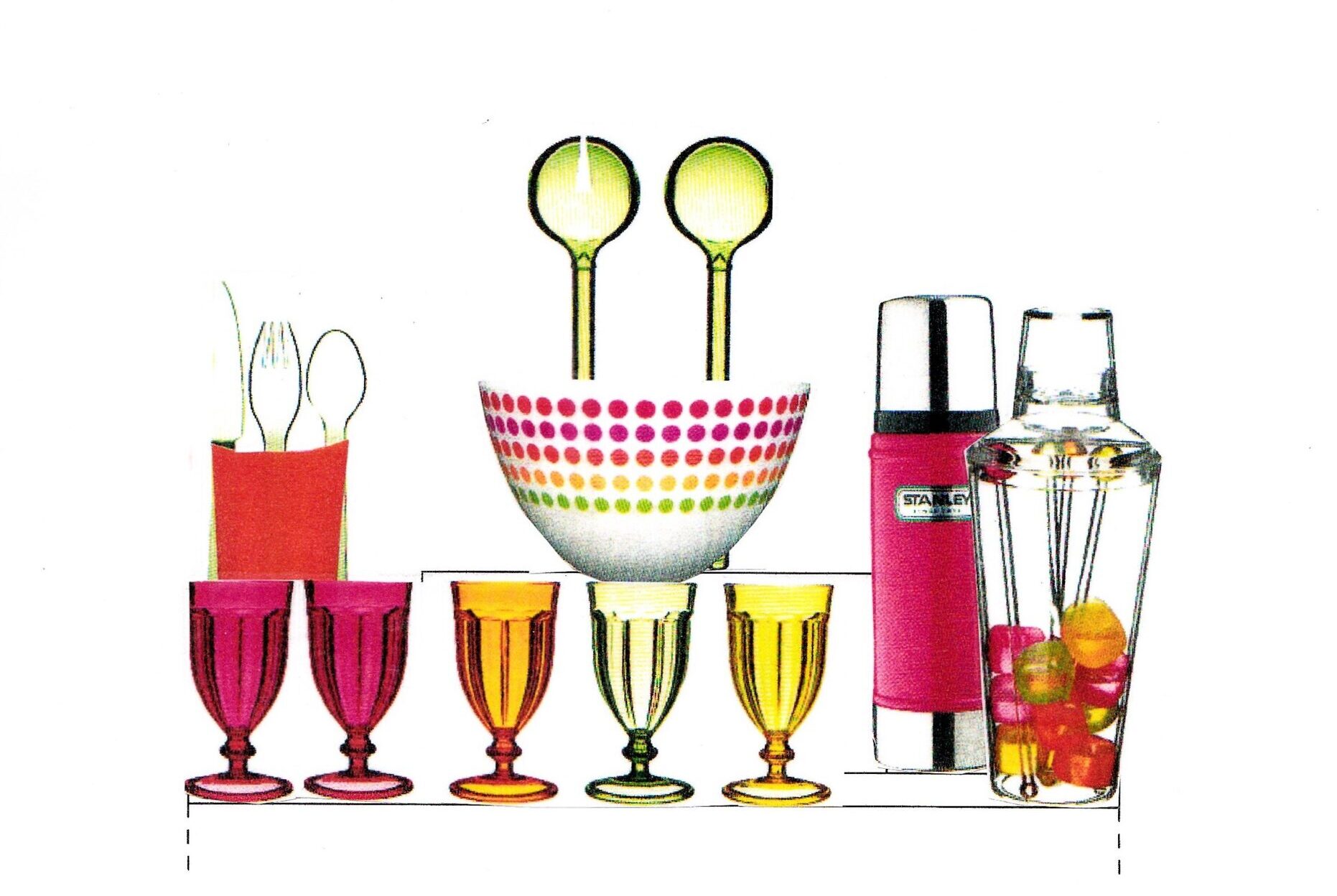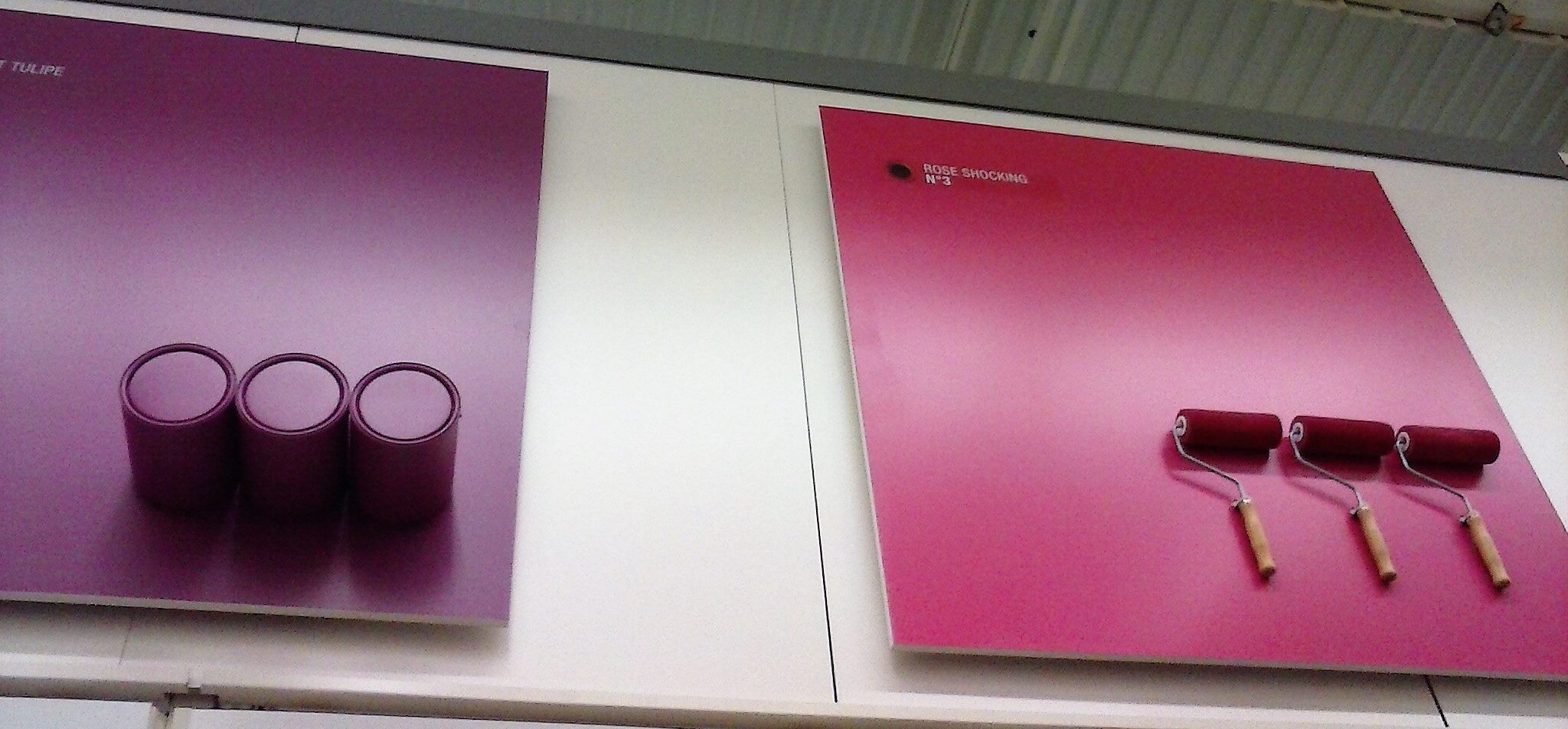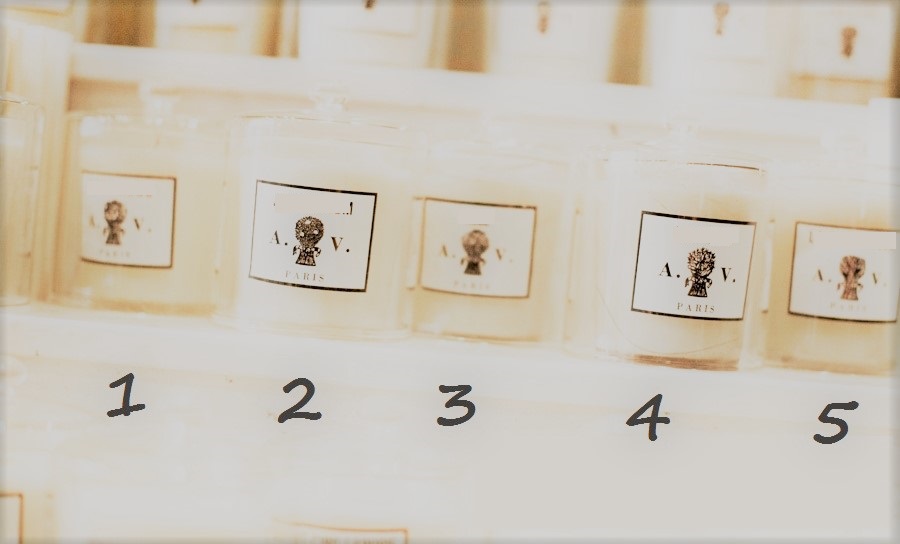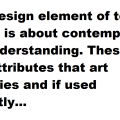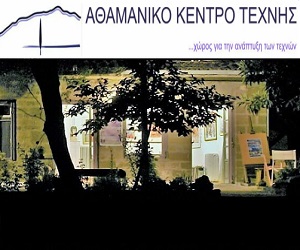Some fundamental tools and strategies to consider when organizing merchandise displays do not necessitate advanced expertise; rather, they stem from the core principles of design (the essential elements and principles of design include Emphasis, Balance and Alignment, Contrast, Repetition, Proportion, and Movement). Below is a concise guide for Pyramidal composition, Balance, Repetition, and Colour-based schemes.
Pyramid
Pyramidal composition serves as a potent tool in various presentations, where objects and figures are arranged within the outline of an imaginary triangle or pyramid on the picture plane. The pyramid was even Leonardo da Vinci’s preferred method for composing figures in his remarkable paintings. Nonetheless, utilizing pyramids and triangles in product composition is a widespread and effective technique for display.
Repetition
Repetition typically signifies importance. A minimum of three products or objects creates a cohesive impression and a complete statement. An odd number of repetition of products or items or items tends to be more impactful than an even number, as it often leaves a stronger impression. This is a well-kept secret among designers of all types.
Balance
Symmetrical balance is particularly effective for showcasing high-quality or luxury merchandise. Arranging identical products in equilibrium usually conveys a sense of significance.
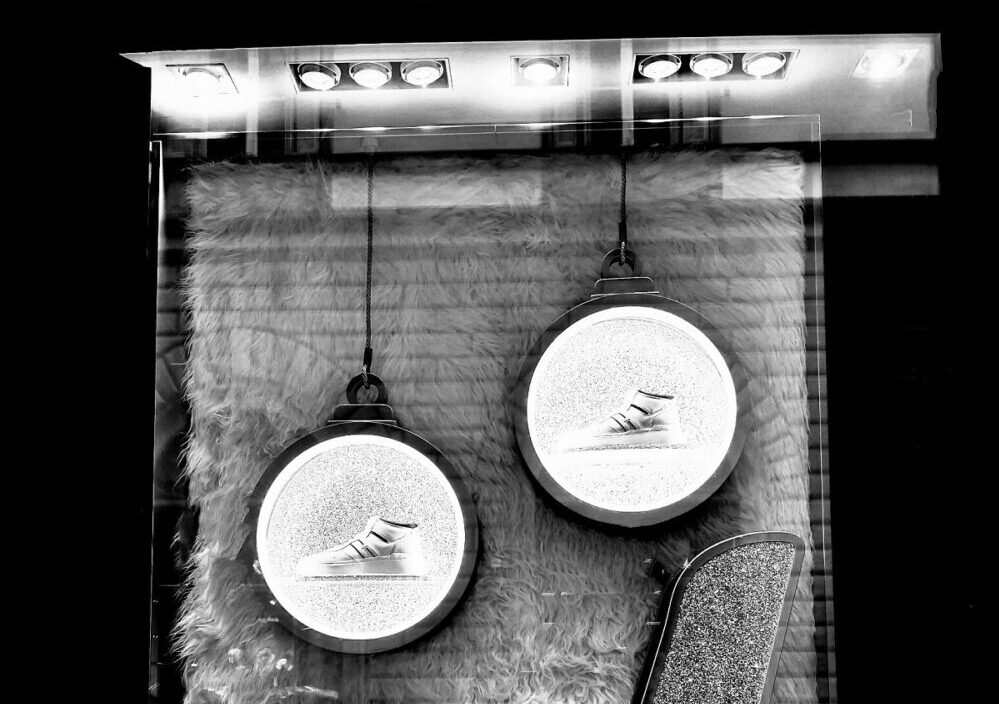 Colour
Colour
The management of colour is crucial and follows specific guidelines. For instance, overly bright colours in the background can highlight and enlarge products in the foreground, but conversely, they may overshadow those in the pastel colour spectrum.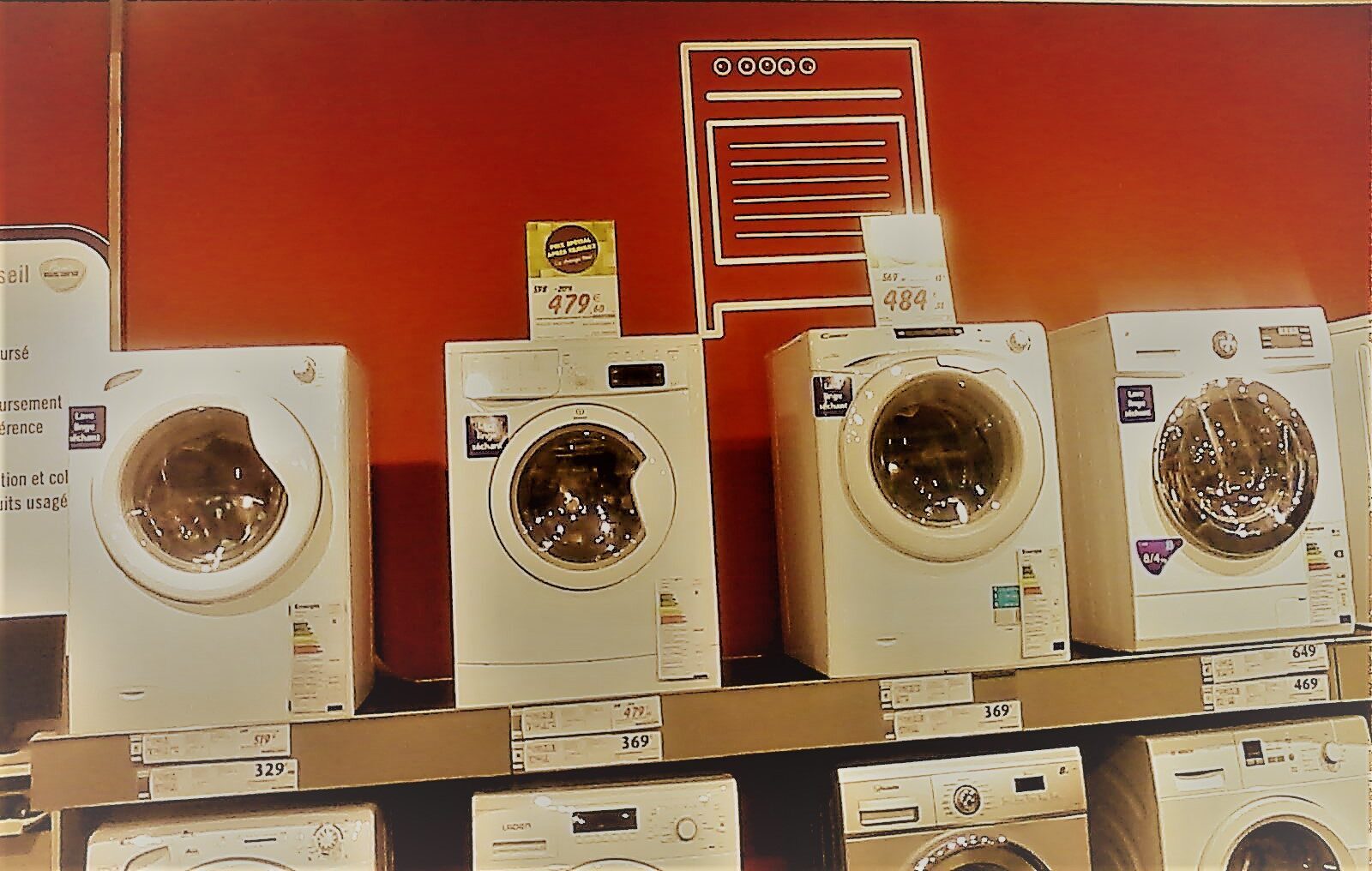 Ultimately, regardless of the tools chosen for a display, it is essential that potential customers’ eyes are guided throughout the presentation, from the dominant merchandise display to the subordinate ones, ensuring that all elements are noticed.
Ultimately, regardless of the tools chosen for a display, it is essential that potential customers’ eyes are guided throughout the presentation, from the dominant merchandise display to the subordinate ones, ensuring that all elements are noticed.


